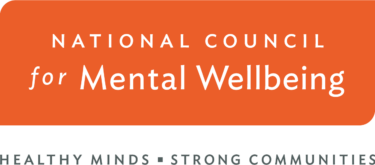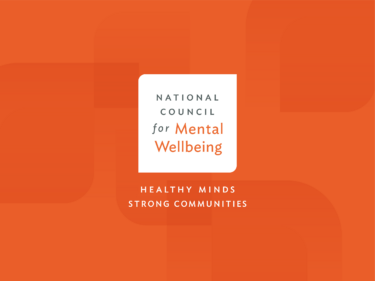What’s Included in this Toolkit?
There are six modules in this toolkit. Throughout the toolkit, resources and tools will be shared in various formats to raise awareness and understanding for organizations and clients regarding these six topic areas:
The modules of the toolkit are further divided into four steps an organization or individual can take to improve their knowledge, awareness and engagement.
Step 1: Let’s Get Started
This step will briefly introduce the module topic and provide specific objectives that will move you closer to your goals.
Step 2: Time to Engage
This step will share a general introduction to the module topic. The information in this step is accessible, which means that you can listen to a podcast on your morning walk, download a resource to help your client or get a short audio summary of an article that caught your eye before fully engaging with reading materials.
Step 3: Creating a Stronger Foundation
This step includes a list of materials and resources designed to give you a more detailed description of the application of the tools introduced in Step 2. This step requires you to engage in deeper analysis of the topic through documentaries, research articles, trainings and books. Some of the tools (e.g., research articles, books) in this step may have a cost attached and we recommend that your organization provides these tools and shares them with other team members. These tools may require you to engage for longer periods of time (e.g., trainings) than initial resources.
Step 4: Your Turn
This step encourages you to apply what you have learned through a case vignette. We recommend that you explore the gaps present within the vignette and implement any new skills acquired through this module. We encourage you to consult with others on your team given that there are multiple ways to go about addressing a case vignette especially as you take your role within your organization and your experience, skills and worldview into account. We provide reflection questions from the following perspectives: individual learning and beliefs, organizational learning and systemic. You can use the questions to have discussions with others and think through all the facets of the case vignette that are relevant to your work.

